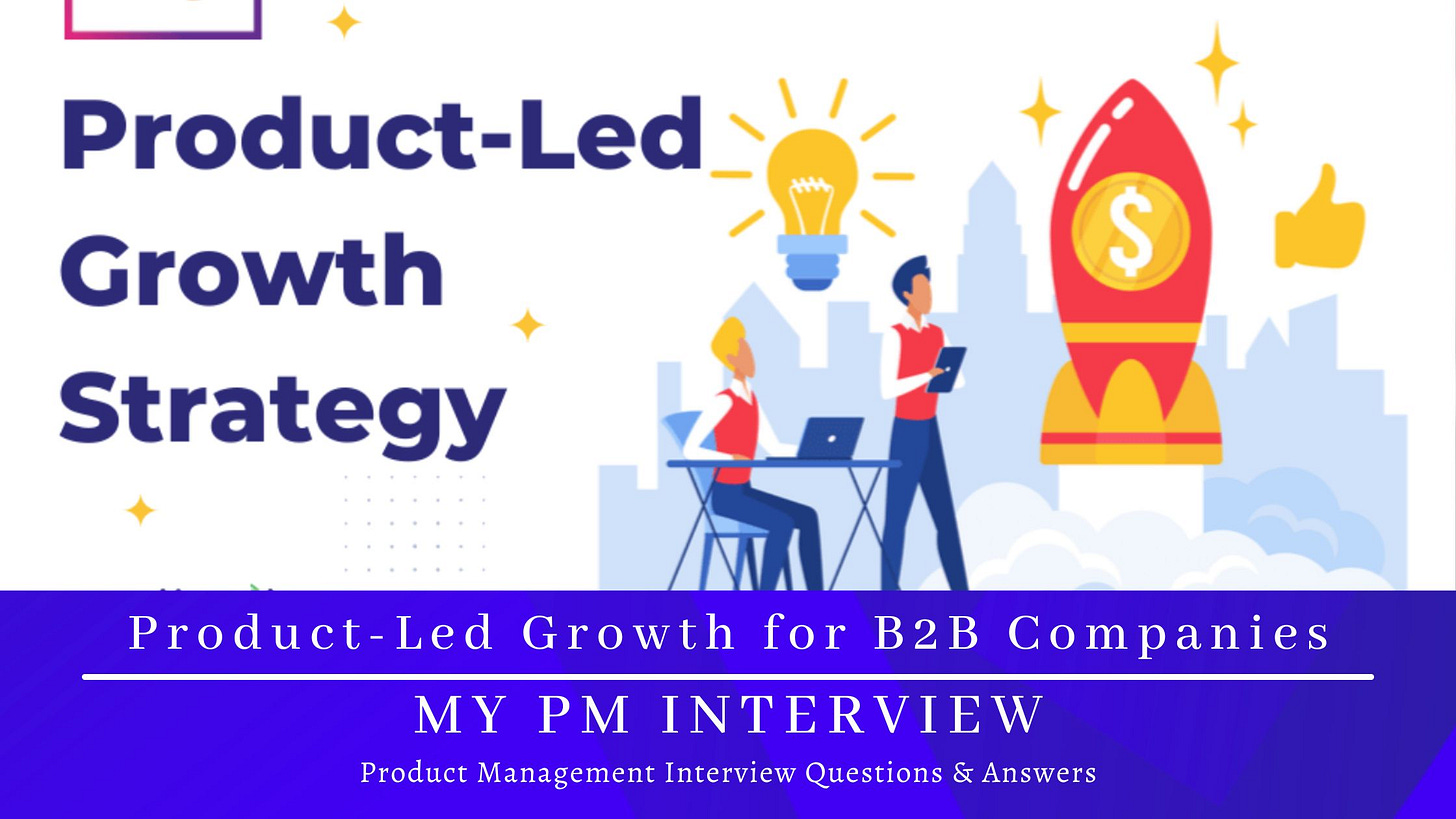Product-Led Growth for B2B Companies
A structured approach to B2B PLG across acquisition, activation, retention, and monetization
Topics Covered:
Why Product-Led Growth Matters
PLG for B2B Companies
Direct Benefits of Product-Led Growth
Indirect Benefits of Product-Led Growth
PLG vs. SLG: Understanding the Differences
Why Most B2B Companies Use Both
Crafting a Growth Hypothesis
Key Factors to Determine the Right Growth Motion
Use Cases and Personas for Growth Strategy
Traits of a PLG-Friendly B2B Product
Product-Led Growth (PLG) has emerged as a powerful strategy in the last decade, often hailed as the next big unlock for B2B companies. Unlike traditional sales-driven approaches, PLG relies on the product itself to drive user acquisition, conversion, and expansion. Many stories in tech circles highlight how PLG propelled certain unicorn startups to massive success. However, much of the popular content focuses on why PLG is beneficial, with less detail on how to implement it effectively in different business contexts. This guide aims to fill that gap by providing an educational, long-form exploration of PLG in a B2B context – not just championing its merits, but explaining when it makes sense, how to execute it, and how to combine it with sales-led tactics. The goal is to help you develop a nuanced growth strategy (often called a growth hypothesis) that leverages the best of both product-led and sales-led growth for your specific situation.
PLG for B2B Companies
Before diving into tactics, it's important to understand why PLG can be so powerful for B2B companies. The benefits of PLG fall into two categories: direct benefits (immediate effects on your business) and indirect benefits (longer-term or second-order effects that enhance growth).


